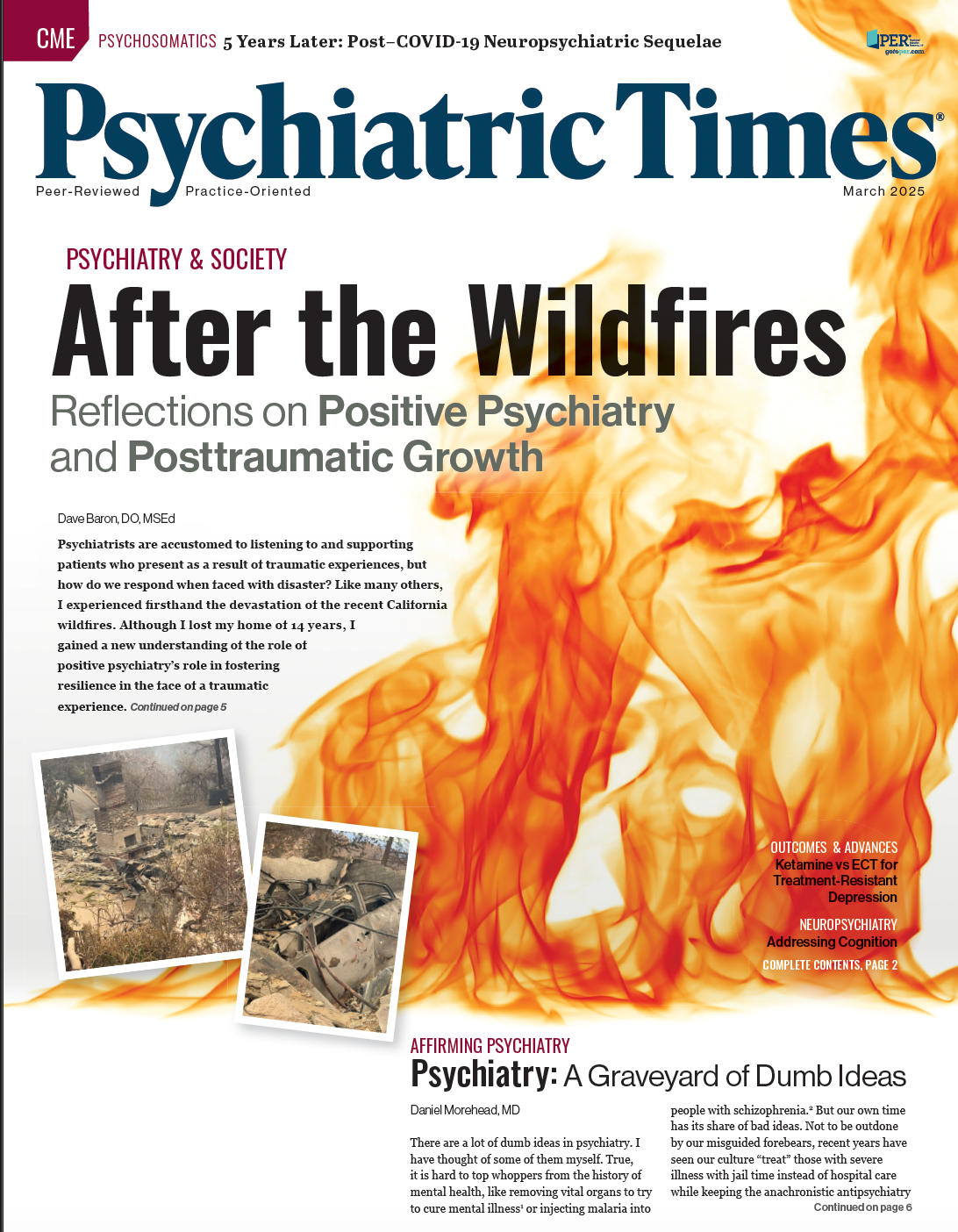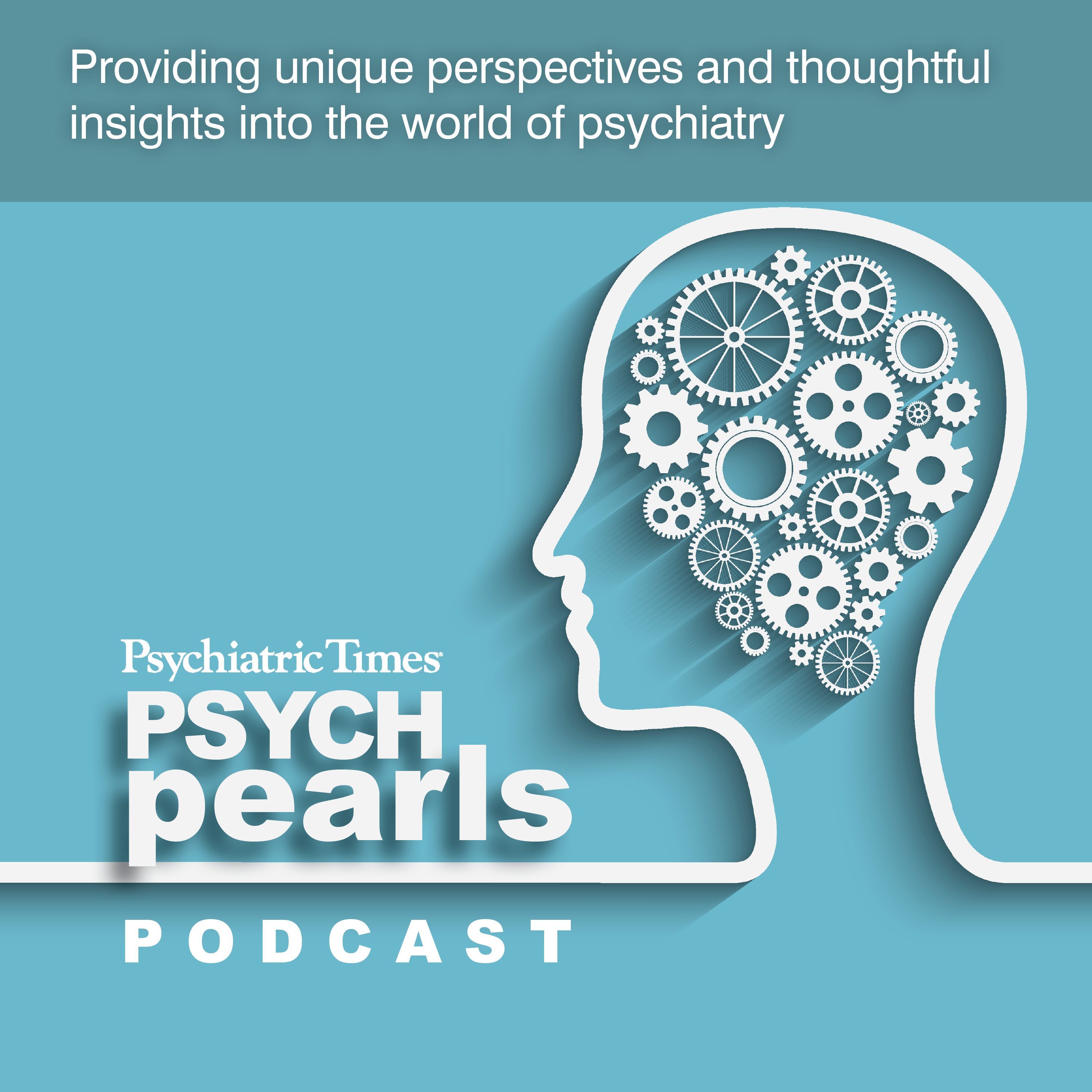Publication
Article
Psychiatric Times
The Anxious Generation
Author(s):
Key Takeaways
- Overprotective parenting and internet access reduced unsupervised play, impacting social and emotional development in children.
- The rise of smartphones and social media intensified mental health issues in Generation Z, increasing anxiety and depression rates.
Epidemiological data show that rates of anxiety, depression, self-injurious behaviors, and suicidality increased for Gen Z in significantly higher numbers than previous generations.
New Africa/AdobeStock

Every so often, a book comes along that serves as a nexus for a wide range of information, observations, phenomena, and intuitions that congeal into an “of course” moment of insight. Such was my experience while reading The Anxious Generation: How the Great Rewiring of Childhood Is Causing an Epidemic of Mental Illness by social psychologist Jonathan Haidt, PhD.1 In the book, Haidt presents a compelling hypothesis as to how the convergence of various societal and technological changes over time ultimately led to a significant increase in depression, anxiety, self-injurious behaviors, and suicidality that accelerated into an adolescent mental health crisis simultaneously in the United States, United Kingdom, Canada, and many other European countries starting in 2010. It is entirely possible that other countries around the world were also impacted, but confirmatory data are sparser.
Overprotective and Fearful Parenting
During the 1980s and accelerating through the 1990s, parents became increasingly fearful of potential harm to their children when away from adult supervision, resulting in increasingly greater constraints on their children’s independent play with peers. For many parents, the only appropriate adult supervision included the parent or an adult they knew and trusted. The intent was understandable and well meaning, although the threats to children’s safety were decreasing as compared with those in the 1960s and 1970s for various reasons. Nevertheless, the consequence of this parenting style was a steady decrease in children’s and adolescents’ unsupervised play with peers and more time spent at home or in an environment perceived as safe. This shift sharply contrasted the developing brain’s expectation and needs over thousands of years of evolution to learn social, emotional, cognitive, and interpersonal behavior patterns through same-aged peer play.
Coincidental Technological Emergence
Simultaneously, during the 1990s, the internet era began. Personal computers and internet access became increasingly available and were present in most homes in the US by 2001. With more time at home or in supervised settings, the millennials (born between 1981 and 1996) started spending less time playing outside in technology-free environments and more time in virtual environments. During those early years, the computer was commonly in a shared space, which allowed some degree of supervision. Also, the World Wide Web was still in its infancy, had fewer options, and had slower connectivity. This is likely why there was no increase in significant adolescent mental health issues for those first 10 years.
However, by the late 1990s, an awareness grew of potential harmful exposures to children and adolescents when they had unsupervised access to the ever-expanding web. This led to the passing of the Children’s Online Privacy Protection Act in 1998, requiring children younger than 13 years to get parental consent before signing a contract for terms of service that allowed access to online applications and allowing the app owner to share data. Hence, 13 years became the de facto age of internet adulthood. Remarkably, there still is no requirement for the app to verify age; rather, the subscriber simply needs to check a box confirming that they are 13 years or older or enter a birth date to confirm age.
Contradictory Guardrails and Experiences
The need for supervision in the outside world fostered a pattern of more time spent indoors, often alone and leaving unsupervised access to the virtual world. As a result, children and adolescents were allowed unfettered exploration of web content. Unsurprisingly, the progressive transition from external-based experience to virtual-based experience restructured the developmental exposures that determine the neural development of the adolescent brain. It is well established that the frontal cortex of the human brain is not fully developed until the mid-20s, yet the brain’s reward-seeking circuits are fully developed much earlier. This fact was exploited by app designers who knowingly developed algorithms to positively reinforce “addiction” to the app; this was especially effective in adolescent brains that lacked a mature frontal cortex to put the brakes on impulsive reward seeking on their smartphones.
From 2005 to 2010, smartphone technology exploded, providing adolescents with a pocket-sized computer. Simultaneously, high-speed internet availability increased, and social platforms refined their algorithms to include features such as likes and shares. The Figure2,3 shows a timeline of these advances, which collectively kidnapped adolescents with what Haidt called the 4 foundational harms: social deprivation, sleep deprivation, attention fragmentation, and addiction. Although parents believed their teenage children were safe at home, the privacy of their bedroom provided an infinite menu of internet explorations via smartphones.
FIGURE. Exploring the Timeline of Technological Advances2,3

Generation Z: The Perfect Storm
Generation Z (Gen Z), children born between 1997 and 2012, became the first generation to have smartphones during puberty. Thus, these children and adolescents had apps constantly vying for their attention at a vulnerable developmental period during adolescence while lacking the skills that historically were acquired during the prepuberty decade of play-based experiences in the real world. The result was a tsunami of mental health crises. Epidemiological data show that rates of anxiety, depression, self-injurious behaviors, and suicidality increased from 2010 to 2015 for Gen Z in significantly higher numbers than previous generations.4
Concluding Thoughts
Haidt systematically explored and documented the numerous societal and technological factors that contributed to the transition from play-based childhood to phone-based childhood, which he believes is responsible for the significant increase in anxiety and depression in adolescents starting in 2010. The book explains how “overprotection in the real world and underprotection in the virtual world…are the major reasons why children born after 1995 became the anxious generation.”1
Fortunately, Haidt shared recommendations for parents, schools, governments, and technology companies to reverse course and work toward a healthier environment for children and adolescents to grow and thrive.
With what we have learned from developmental psychologists over the past 100 years as well as our growing understanding of neuroplasticity as a process of the human brain, the conclusions by Haidt should not come as a surprise. My sense is that we became too enamored by the benefits of the technological revolution and missed the enormous detrimental effects. The question we now need to ask ourselves is: What is the best path forward for us and our patients?
Dr Miller is Medical Director, Brain Health, Exeter, New Hampshire; Editor in Chief, Psychiatric Times; Voluntary Consulting Psychiatrist at Seacoast Mental Health Center, Exeter/Portsmouth, NH; Consulting Psychiatrist, Insight Meditation Society, Barre, Massachusetts.
References
1. Haidt J. The Anxious Generation: How the Great Rewiring of Childhood Is Causing an Epidemic of Mental Illness. Penguin Press; 2024.
2. Paavola A. Smartphone history: a complete timeline. Textline. December 19, 2022. Accessed February 13, 2025. https://www.textline.com/blog/smartphone-history
3. Samur A, Christison C. The history of social media in 33 key moments. Hootsuite blog. April 6, 2023. Accessed February 13, 2025. https://blog.hootsuite.com/history-social-media/
4. Generation Z and mental health. The Annie E. Casey Foundation blog. Updated May 12, 2024. Accessed February 10, 2025. https://www.aecf.org/blog/generation-z-and-mental-health

Newsletter
Receive trusted psychiatric news, expert analysis, and clinical insights — subscribe today to support your practice and your patients.






























